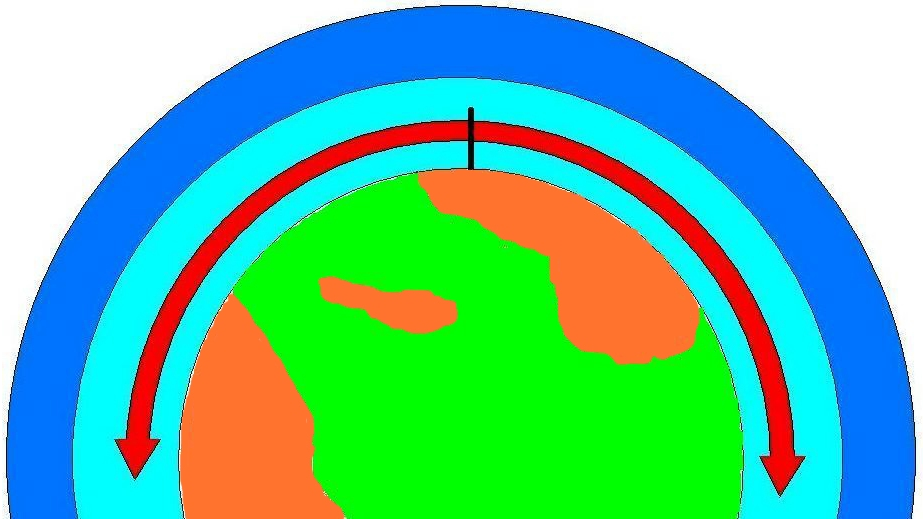HF News
We started the new year with a bang, or more precisely a Kp index of eight and widespread visible aurora. This was caused by a partial halo CME associated with an eruption in the Sun’s southeast quadrant on December 29th.
The strong (G3) to severe (G4) geomagnetic storm peaked at about 1800hrs UTC on January 1st as the solar wind speed moved past Earth just above 500 km/s, but then subsided as the Bz component settled into a north-pointing position.
HF propagation suffered as a result with the MUF down for the rest of the evening. By the morning of January 2nd, things had improved and MUFs over a 3,000km path were back above
28MHz.
The solar flux index remained above 200, which no doubt helped, but from a space weather point of view, we are in rocky times.
A large coronal hole will become Earth-facing on Friday, January 3rd, which will undoubtedly cause some geomagnetic disruption around Sunday 5th, if the Kp index rises.
NOAA predicts the solar flux index may decline this week, possibly ending in the 160s-170s. Geomagnetic conditions may also be in for a rough ride around the 10th and 11th when the Kp index is forecast to reach four.
From a radio point of view, January is a peak time for low-band DXing. The nights are long and dark so make the most of 160m and 80m. You may also get DX during the late afternoon on 40 metres.
During the daytime keep an eye on 10 metres, which may throw up the odd interesting DX station while the SFI remains high.
VHF and up
To start the year the main feature is low pressure over the country, but in the depths of winter, it’s good to remember that snow and rain both provide scattering opportunities for the GHz bands.
There is a glimmer of Tropo hope for the end of next week, 11 and 12 January, as high pressure builds over northern Britain. This will be a cold air high which tends not to be the best for Tropo, but it’s worth a look next weekend nonetheless.
The solar conditions provided an aurora on New Year’s Day with a brief Kp=8 during the afternoon. With other disturbances possible it is worth keeping up to date with solar conditions and prospects for geomagnetic storms on spaceweather.com. This is one propagation mode where CW is so much easier to copy under the difficult conditions of aurora.
Meteor scatter propagation is driven by the Quadrantids in the first week of January. It peaks on January 4, but spans the period up to January 12 at the end of next week. This is a productive shower with an hourly rate of 120, and since it’s the last major excitement until the late April Lyrids; make the most of it before we’re reduced to chasing random meteor activity during the rest of winter.
I have mentioned the chance of out-of-season Es in mid-winter and we still have the next week to keep alert, especially in view of the Quadrantids adding fuel into the E region. The ionised trails of the meteors provide long-lived metallic ions, which is the material that gets focussed into Sporadic-E if we are lucky.
The Moon starts the weekend with a negative but rising declination, going positive on Sunday so Moon windows continue to lengthen. Path losses are low with perigee on Wednesday. 144MHz sky noise is low all week.

